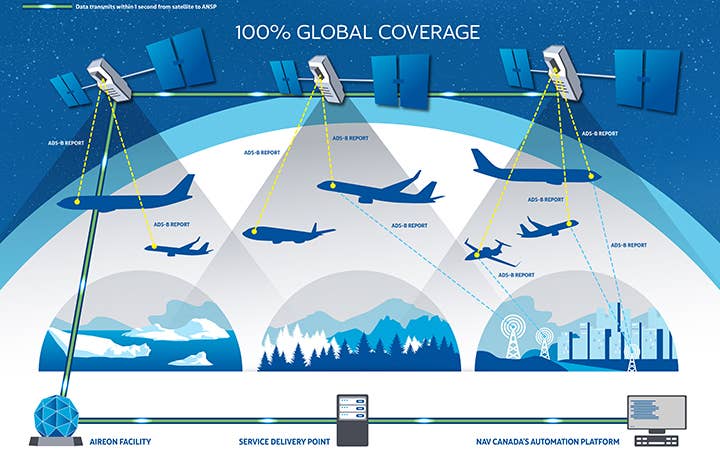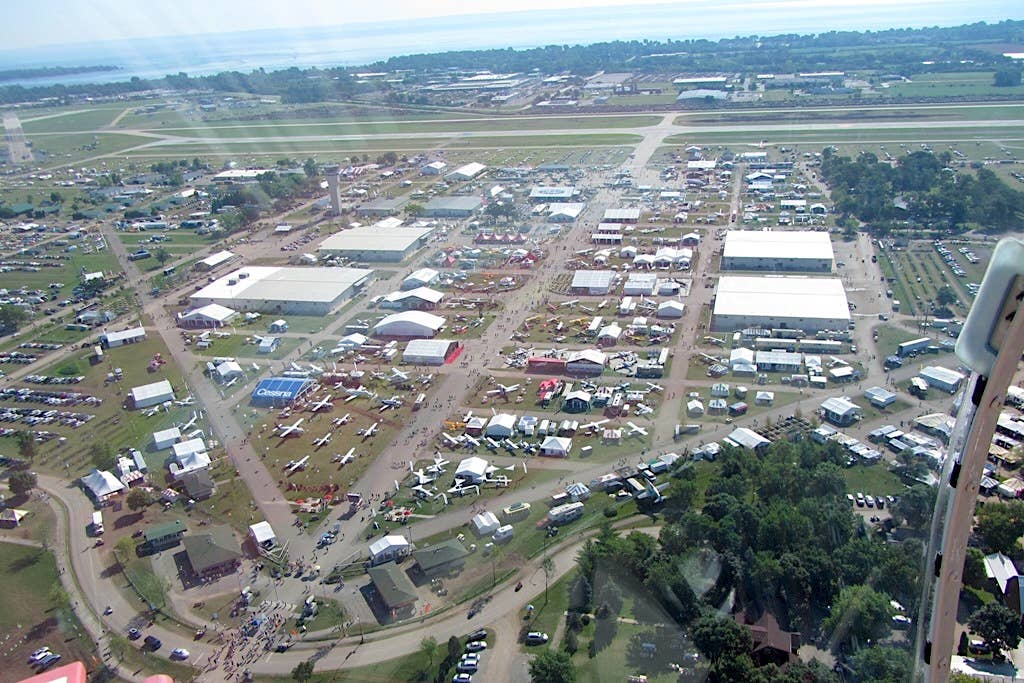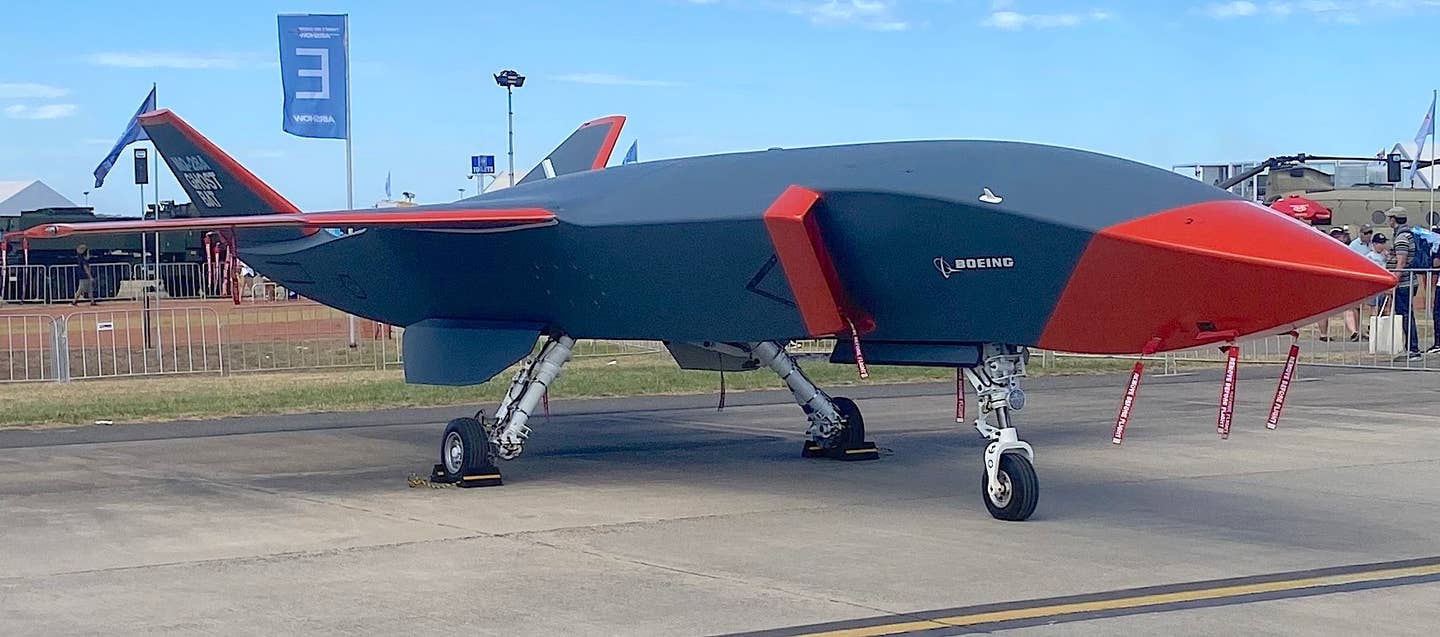FAA Acts To Preserve ADS-B Data Privacy
A side effect of the FAA’s move toward mandatory ADS-B position reporting next year is the ability for anyone to see a given aircraft’s position and identification, which raises privacy…

Space-based ADS-B Infographic
A side effect of the FAA’s move toward mandatory ADS-B position reporting next year is the ability for anyone to see a given aircraft’s position and identification, which raises privacy concern for pilots and aircraft owners. Now the FAA will make it possible for owners to opt out of broadcasting ADS-B data in a way that directly reveals the aircraft's identity.
The first stage of what the FAA calls the Privacy ICAO Address (PIA) Program will be implemented for the start of the mandatory ADS-B Out equipage on Jan. 1, 2020. According to the FAA, it will set up a web portal where operators can request that their aircraft’s ICAO address and position not be publicly visible. Also, according to the National Business Aviation Association, the FAA said it would “establish new data-sharing limits for air traffic tracking service providers if operators want to opt out of having their flight information broadcast over the internet. Those limits are expected to go in effect by year-end.”
The second phase of the PIA process will be to move it to a third-party service provider sometime mid-year 2020. And with that will come improved opportunities to apply for a new “pseudo” identification separate from the aircraft registration. During the FAA’s management of the program, operators can change no more often than every 60 days, but once transitioned to third-party management, registrants in the PIA can change their coded IDs every 20 days.
These features are available only for U.S.-registered aircraft operating in U.S. airspace and that have 1090 ADS-B equipment.
“We’re pleased the FAA has responded positively to ADS-B privacy concerns of operators, which NBAA has raised in numerous government/industry forums, including with the NextGen Advisory Committee,” said NBAA President and CEO Ed Bolen. “Until now, the lack of a privacy solution has been a disincentive for some operators to equip with ADS-B. No one should have to surrender their privacy and security just because they board an airplane.”
Heidi Williams, NBAA’s director of air traffic services and infrastructure, said, “Retaining privacy after equipping with ADS-B Out ensures that the aircraft isn’t transmitting information that can be tracked back to the registry. This will encourage those operators that have not already equipped their aircraft with ADS-B to do so, which will help expedite aircraft handling as part of the FAA’s Next-Generation (NextGen) air traffic management system.”
An “anonymous” mode is available for aircraft using the 978 UAT form of ADS-B Out but only when not squawking a discreet transponder code and the installed hardware supports it.






